This story excerpt was translated from French. To read the original story in full, visit ibihe.org. You may also view the original story on the Rainforest Journalism Fund website here. Our website is available in English, Spanish, bahasa Indonesia, French, and Portuguese.
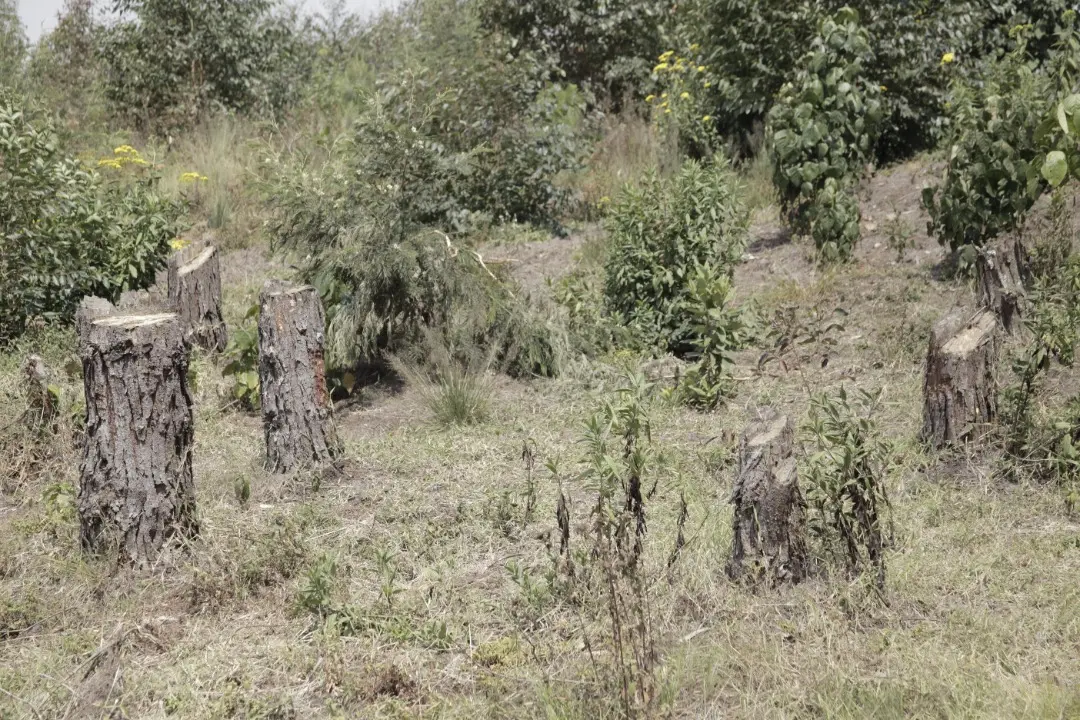
Wood is at the core of cooking in Burundi. Firewood and charcoal are both cut down in protected areas, in this case the Rusizi Nature Reserve and the Kibira National Park, and in private plantations. This is an anthropic activity that threatens Burundi’s biodiversity in its entirety.
Behind her two children, carrying bundles of wood still fresh on her head, Patricie Nyabenda, a farmer living on Rwegura hill, in Muruta commune, Kayanza province, is striding through Kibira, Burundi’s largest forest, when she crosses our path on August 10, 2022.
Kibira straddles the Congo and Nile basins in northwestern Burundi. From a distance, this park looks surprisingly green and luxuriant. It seems crowded. However, as you near it, the reality tends to contradict this. The park is under pressure: Many species of trees have been cut down by those seeking firewood or charcoal, sometimes for cooking and sometimes for sale, as well as bamboo, including abasangwabutaka, the Aboriginal community, for construction.
Patricie Nyabenda says that they look for firewood in Kibira because they have no other place to collect it. Clearly, Kibira is a place where the local community gets its wood.
"The problem is that they cut the wood fresh,” says Kibira National Park Chief Abel Nteziryayo. Dead wood has become scarce. Some people even cut down trees to make charcoal and bamboo for construction, he added.
Kibira is often under threat during off-duty hours: "In the evening from 6:00pm until very early in the morning between 5:00 and 6:00am, the local community cuts down trees for firewood and charcoal and bamboo for construction,” says Elie, Head of the forest guards of the Rwegura sector.
What if this lucrative trade were illegal?
Worse still is that they are now collecting firewood in Kibira for business purposes in order to meet their families’ needs: “A bundle of wood is worth only 5000 FBu. One person can collect two bundles of firewood per day, which means that he can easily earn 10,000 FBu, which is about US$5,” explains Elie, head of the forest guards in the Rwegura sector.
The Indigenous people, the “Abasangwabutaka,” live mainly from the sale of bamboo: “They illegally cut bamboo in Kibira and sell it to house builders to have something to eat,” pursued Elie, head of the forest guards in Rwegura sector.
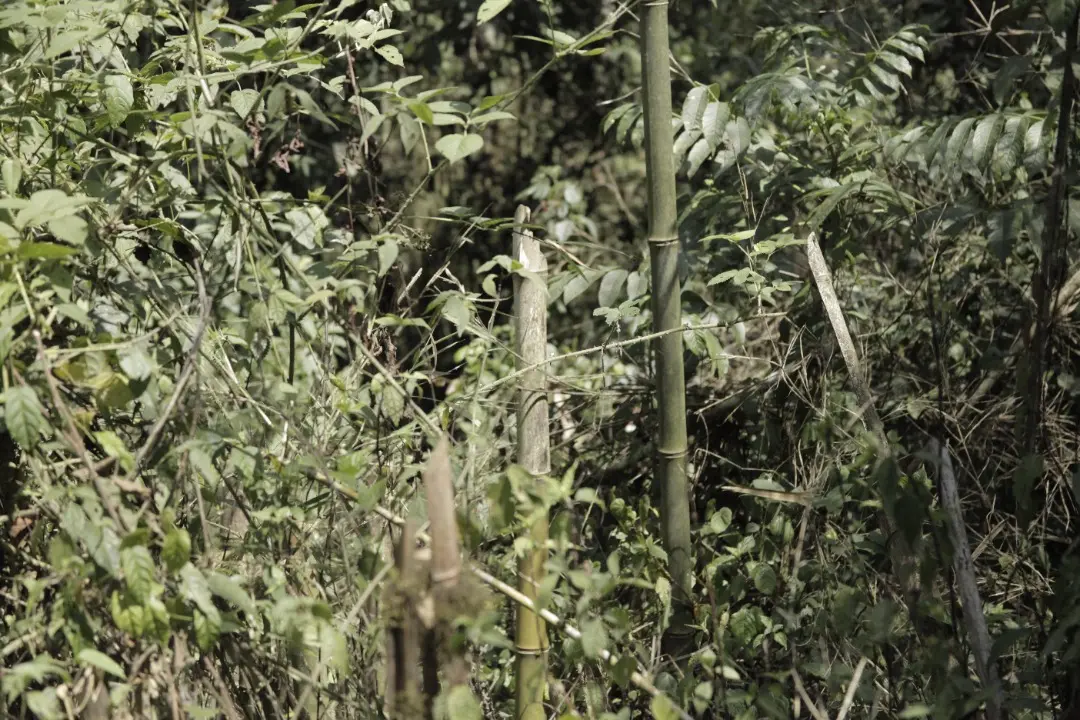
It is a lucrative but illegal trade. The trade in firewood and bamboo helps the community around Kibira to make ends meet.
To fight against this traffic, agents of the Office Burundais for the Protection of the Environnement (OBPE) make raids during off-duty hours to track down these traffickers.
However, their work remains limited to the confiscation of illegally exploited goods. Moreover, the frequency of these raids is very limited,” says the head of the forest guards in the Rwegura sector.
“During our patrols, we sometimes face a high number of people threatening the Kibira Park with knives, while we are guarding the park bare handed. In this case, we just resign ourselves to save our skin," says Elie Bigirimana, chief of the forest guards of the Rwegura sector.
Claude Ndaruzaniye, a member of the committee that sets up at each hillside of the Kibira National Park to help the forest guards, if necessary, to monitor it, says that the Rwegura, Ruharo, Ciro, Mpfunda, and Remera hills are a major threat to the park by cutting down trees in the Rwegura forest sector.
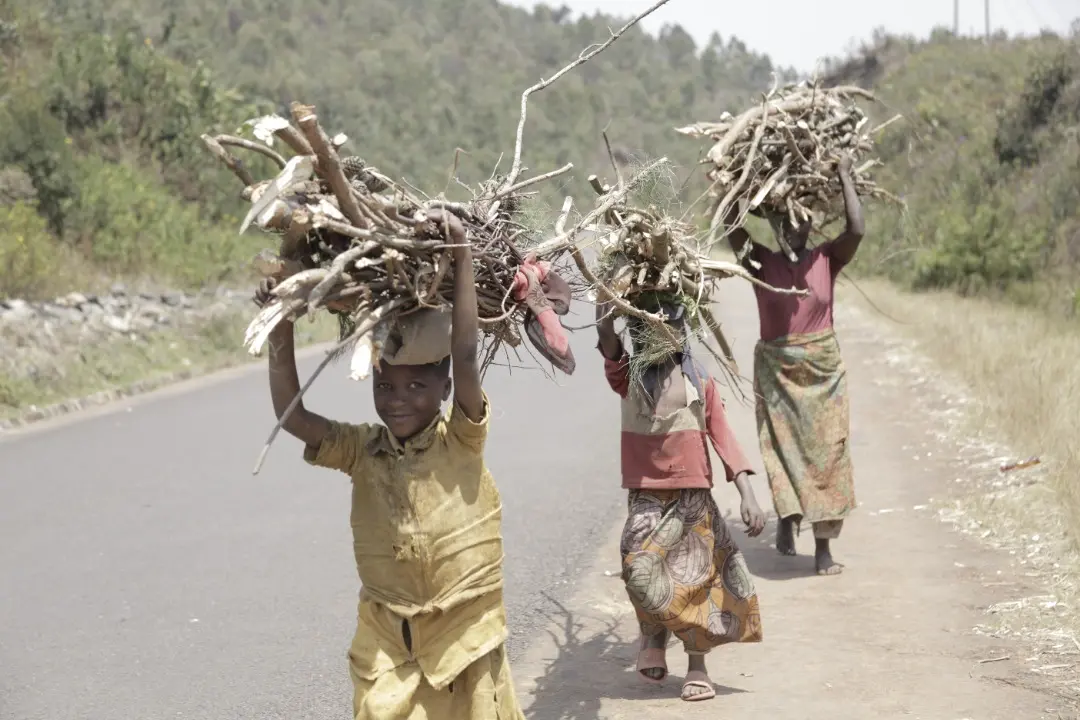
Barely 25 km north-west of the economic capital, Bujumbura, in Gihanga, is the province of Bubanza, one of the communes bordering the Rusizi nature reserve. There we found a large number of women and children who enter this protected area carrying machetes and ropes to bind the felled wood, while others leave with bundles of wood on their heads.
In Burundian rural communities, looking for firewood is the work of women and children, says Mundanikure Maria, living in the Ruharo hill, in the province of Kayanza in northern Burundi, bordering the park. This is evidenced by the invasion of local people looking for wood in the Rusizi Nature Reserve and the Kibira National Park. These are mainly women and children.
Chantal Irambona, the farmer who used to collect firewood in this Rusizi nature reserve, known as “Rukoko,” a name given in reference to the false palm known as Hyphaena benguellensis var ventricosa, explains why she goes to collect wood in Rukoko:
“Lacking the means to buy other sources of energy for ourselves, we often collect firewood in Rukoko because we are experiencing a lack of wood for cooking. This is not good for the environment, but we have no other choice.”
Nduwimana Renate, also a farmer, says that they are getting firewood from Rukoko, as there are no other places to collect firewood.
In the same vein, Dushime Aline adds that they are so poor that they cannot offer themselves the luxury of using charcoal, not to mention gas for cooking.
“There are OBPE and law enforcement officers who have recently been punished because they took bribes and allowed the population to commit environmental crimes, including cutting down trees, fishing and taking over the cultivable land in the park,” says the administrator of the Gihanga Commune.
Demographic pressure increases deforestation
As for the demographic pressure, which is the cause of the deforestation that is increasing day by day, Léopold Ndayisaba, administrator of the Gihanga Commune, notes that the deforestation of Rukoko is intensified by the migrants, seasonal rice field workers from other provinces, who settle in the Gihanga Commune in search of jobs and who consequently cause harm to the reserve. These workers claim the right to hunt for firewood in the forest.
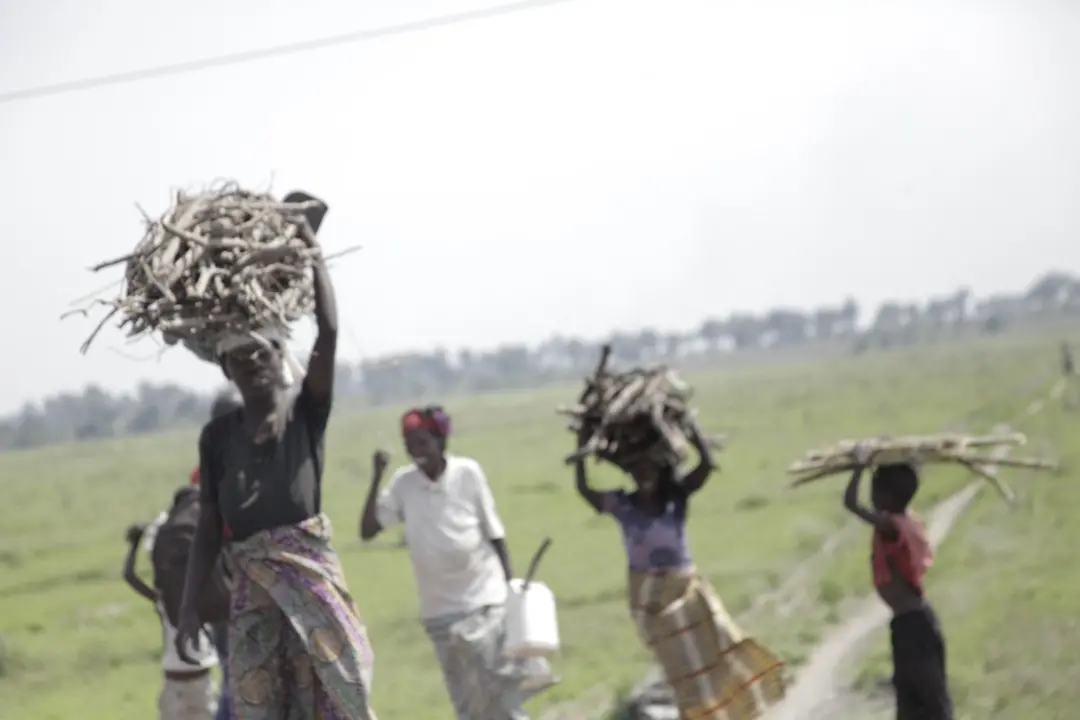
What is most striking is that the agents of OBPE and law enforcement officers are sometimes in complicity with people who commit environmental crimes in this reserve:
“There are OBPE and law enforcement officers who have recently been punished because they took bribes and allowed the population to commit environmental crimes, including cutting down trees, fishing, and taking over the cultivable land in the park,” says the administrator of the Gihanga Commune.
Léopold Ndayisaba, administrator of Gihanga Commune, recommends the inhabitants of Gihanga Commune to plant trees in their fields in order to overcome the challenge of lack of wood for cooking.
In the space of eight years, the use of fuelwood for cooking in Burundi has increased steadily.
According to a 2020 report published by the Institute of Statistics and Economic Studies of Burundi (ISTEEBU), the use of firewood has increased from 6,086,610 tonnes in 2010 to 10,655,944 tonnes in 2017, an increase of 57.1%.
“Where would we get the trees we cut down every day to make charcoal if they were the trees we planted?” asks François Ndihokubwayoa, a charcoal wholesaler and supplier. "We get our charcoal-making wood from individuals. However, trees are becoming scarce."
To cook in Burundi, people from the middle class use charcoal. Ndacayisaba Aline, who lives in the Nyakabiga district of Bujumbura town hall and is a trader, is one of the users of this source of energy for cooking.
For her, charcoal is essential for cooking, as it is cheaper than other energy sources such as gas and electricity. The latter exceed her purchasing power. "Not to mention the associated materials that cost an arm and a leg,” adds Aline.
To verify this, we went to a shop in Bujumbura town to learn about gas and gas equipment prices.
According to Kevin Arakaza, an electronics trader, a kilogram of gas costs FBu 4,500, equivalent to US$2.30.
The materials associated with this are, however, very expensive. The average equipment that a family can use costs between 150,000 and 300,000 Fbu, which is between US$75 and US$150.
In response to the high prices of the aforementioned energy sources, Burundians are turning to the cheaper charcoal. Nevertheless, trees have become scarce in private plantations. Charcoal manufacturers cut down trees in the forests and others in private plantations. This practice is very common in the centre and south of the country.
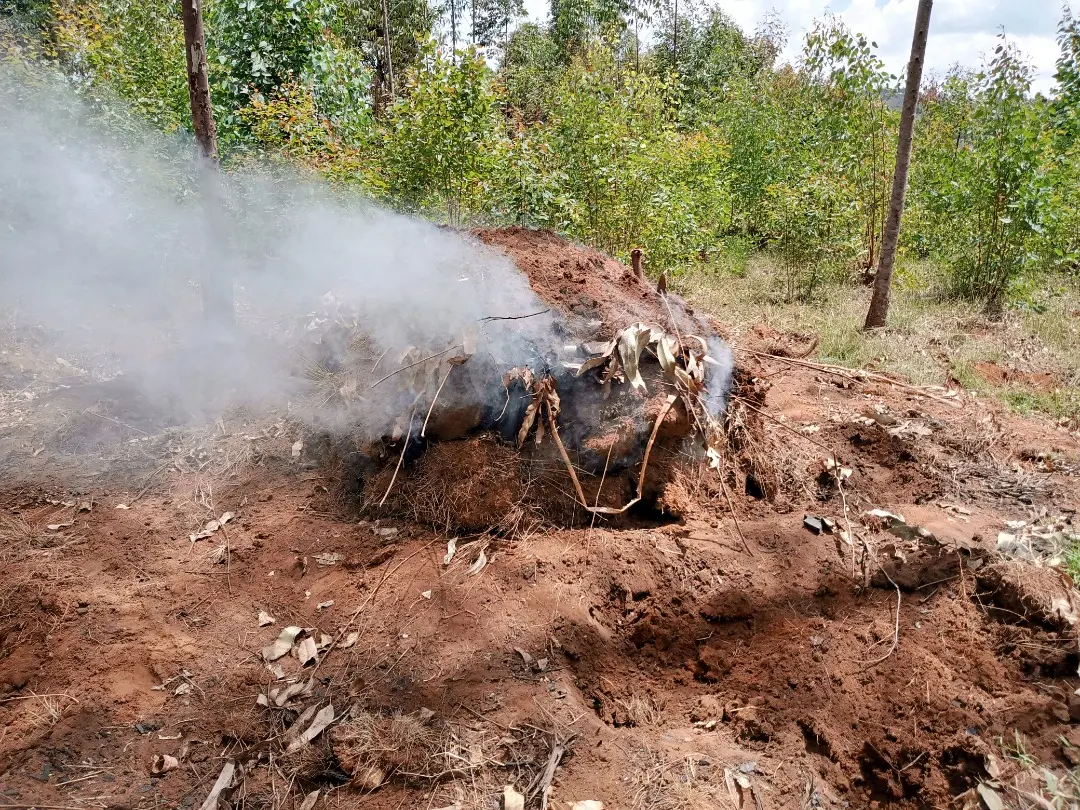
Patricie, a resident of the locality bordering the Kibira Park, says that there are those who cut down trees in the park to make charcoal in the swamps.
Abel Nteziryayo, head of the Kibira park, concedes that the felling of trees for charcoal production in Kibira is a reality. And Elie, head of the forest guards, reveals: “They cut down trees in the park to make charcoal on the sly. Charcoal making often takes place in the swamps."
Furthermore, Abel did not fail to point out that firewood is frequently sought for the entire park boundary.
Ntahonkuriye Pierre, sector Chief of the Rusizi Nature Reserve forest guards, says that the local community bordering the Rusizi Nature Reserve also cuts down trees in Rukoko to make charcoal.
The issue is that the population does not realize the importance of this reserve and contributes a lot to its destruction. They consider Rukoko as a source of firewood, charcoal and fishing,” says Pierre, the sector chief of the Rusizi Nature Reserve forest rangers.
In this Central African country, 96,6% of Burundians use wood for cooking.
What is important to know is that 77% of charcoal is consumed by the urban population, according to the study.
The study reveals that the economic capital, Bujumbura, and the political capital, Gitega, consume a lot of charcoal.
In 2014, while Gitega consumed 260 tonnes of charcoal weekly, Bujumbura consumed 1 084 tonnes, which is four times higher than Gitega. Both cities consumed 70 100 tonnes per year.
In the cities of the provincial capitals, charcoal consumption is around 2,008 tonnes per week, a study published by the CIRAD science journal in 2016 states.

Annually, the two major cities result in the cutting of between 3,505 and 4,673 hectares for charcoal burning. The charcoal consumption of all the towns in the provinces’ centres would thus result in an annual cut of between 5,236 and 6, 981 hectares.
In these two large Burundian cities, charcoal prices have risen sharply over the past two years.
Whereas in Gitega, in the centre of the country, at the small market of Magarama, in the commune and province of Gitega, an average sack of charcoal costs about 18,000BIF or $9, on arrival in Bujumbura, the price of the same sack doubles. It costs 35,000BIF, or about $18. Two years ago, the same bag cost half that money, charcoal sellers tell us.
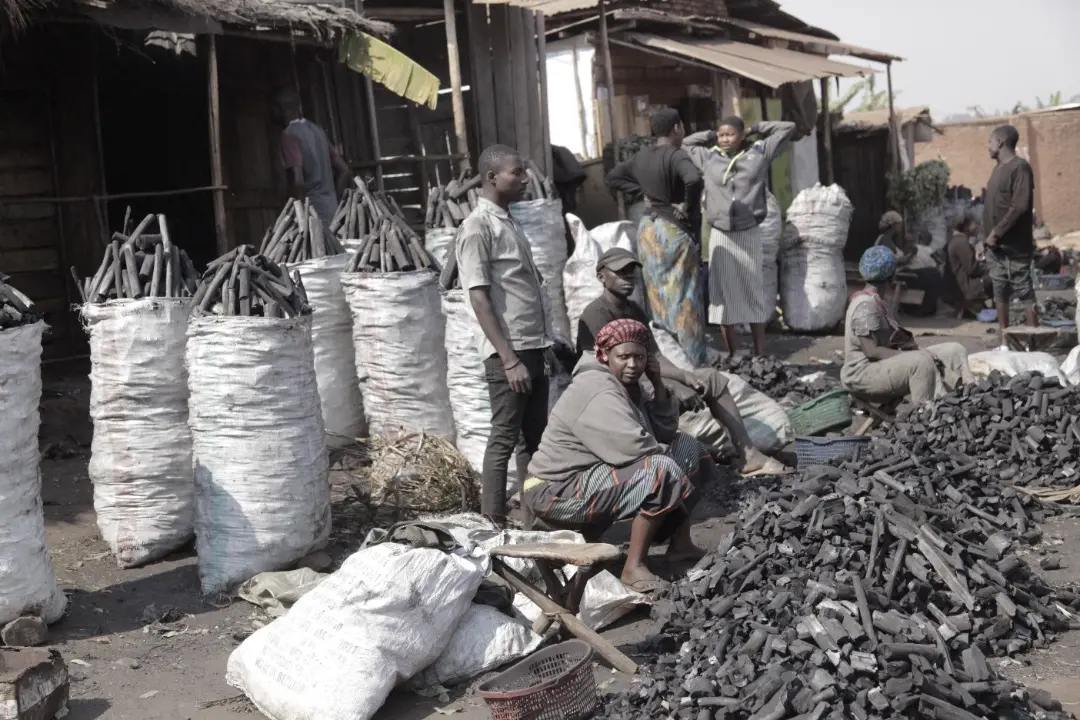
According to François Ndihokubwayo, a charcoal wholesaler and supplier at the small market in Gitega, this increase in the price of charcoal is explained by the reduction of trees in private plantations and the increase in taxes and communal levies. He explained it in these terms:
“Where would we get the trees we cut down every day to make charcoal if they were the trees we planted?” asks François. "We get our charcoal-making wood from individuals. However, trees are becoming scarce."
According to charcoal sellers, the increase in charcoal prices is due to the reduction of trees in people’s fields.
In 11 years, charcoal use has increased significantly. According to I STEEBU, charcoal use has increased from 157,427 tonnes in 2010 to 2,900,000 tonnes in 2020, an increase of 1842%.
At this rate, environmental expert and professor at the University of Burundi and the Ecole Normale Supérieure Frédéric Bangirinama estimates that Burundi’s forest cover of 171,625 ha could disappear in 25 to 33 years.
According to Global Forest Watch, while in 2002 the loss of forest cover was around 4 hectares, in 2021 the loss of forest cover is around 14 hectares.
Protected areas currently represent 5.6% of Burundi’s area according to the Director General of the Office for the Protection of the Environment (OBPE), Berchmans Hatungimana. However, the current approach, as Berchmans explains, requires that protected areas should represent 30% of the territory.
In order to achieve a surface area of protected areas of between 10 and 15% of Burundi’s territory, the OBPE is in the process of identifying the hills that can be part of the protected areas, foresees the OBPE’s DG.
Among the environmental crimes that threaten the Kibira National Park are the manufacture of boards, gold mining, fruit and vegetable hunting, and game hunting.
The Rusizi nature reserve is threatened by wildfires and illegal fishing, as confirmed by the administrator of the Gihanga Commune, Léopold Ndayisaba. At the time of our visit, the Rusizi (Rukoko) nature reserve had recently been set on fire.
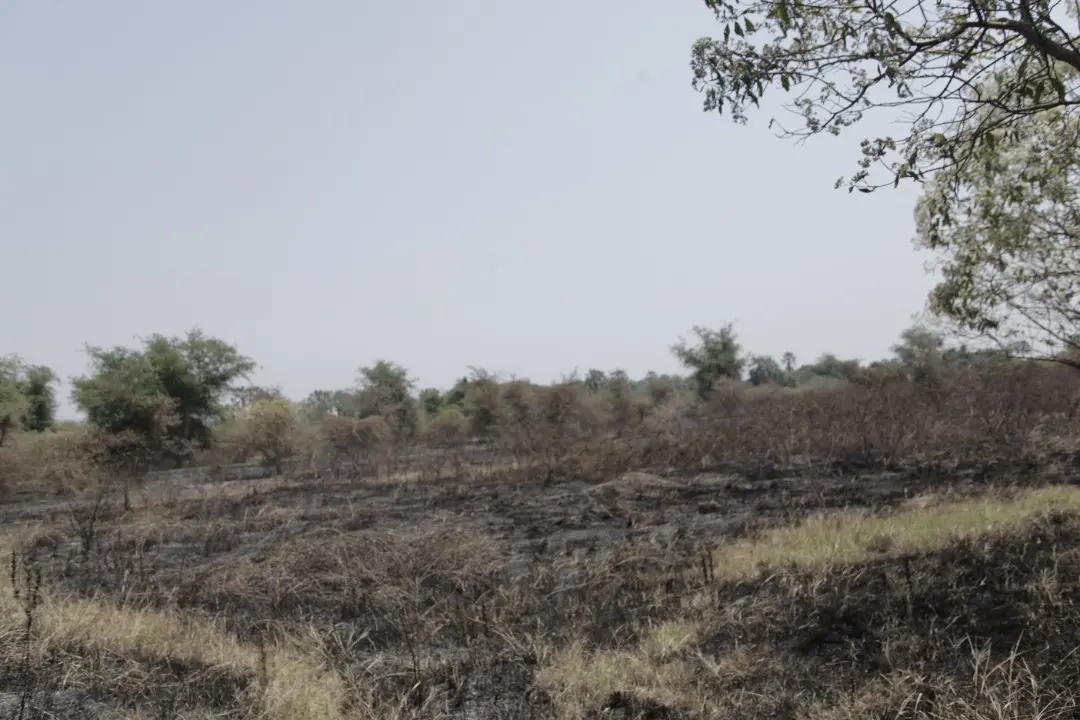
The Director of the OBPE, Berchmans, says that the Forestry Code is very clear on tree cutting: “All tree cutting is conditional on the delivery of a cutting permit, with the exception of private trees on an area of less than half a hectare or trees located on enclosed land adjoining a dwelling house or an industrial, commercial, or administrative building, and the principle of who cuts reforests."
"OBPE officers used to make it easier to deforest protected areas for a bribe. But since the introduction of this measure, it is clear that we have cut off all attempts at environmental crime,” he says.
Monitoring forests is not a simple task
However, the monitoring of these forests seems complicated for the OBPE. The OBPE is experiencing a lack of staff.
Conserving the 3Okm long and 6km wide Rusizi nature reserve covering 6,000 hectares is no easy task for eight forest officials: “It requires a great amount of devotion, patience and endurance,” says Pierre Ntahonkuriye, chief of the forest officials’ sector.
His expression barely hiding his tiredness, Pierre says that the first challenge they face is the lack of transport to monitor the Rusizi Nature Reserve: “We walk around it all day. It’s not as easy as you’d think to know the state of the reserve’s daily functioning.”
Under-staffing is a reality in Kibira. According to Abel, Kibira National Park covers 40,000 hectares. Despite this, only 64 rangers monitor it daily.
In addition, they are facing a lack of communication equipment, as Kibira is located in the high mountains where telephone network coverage is unavailable. The lack of fuel to monitor Kibira properly adds more fuel to the fire.
According to the General Director of OBPE, there are still not enough staff in all Burundian protected areas to ensure effective control.
"In the meantime, the Ministry of the Environment, Agriculture, and Livestock has signed a ministerial ordinance on the participatory management of protected areas with the local community,” says the OBPE Director General.
This ordinance focuses on the role of local communities and non-governmental organisations in protecting the environment.
Around the Kibira National Park, a committee of five people on each hillside who support the park rangers to monitor the park when needed has been set up. Ndaruzaniye Claude is one of them
The involvement of the local community has played a role in reducing the environmental crimes committed against Kibira. This is evidenced by the fact that four dry seasons, that is four years, have just passed without any bushfires occurring in Kibira. This was not the case before its establishment, says Claude Ndaruzaniye. Every dry season, Kibira used to experience bushfires.
To achieve this, we have made the community around the park aware that they should not go there with the match: “All the inhabitants are aware of this and respect it.
Man as destroyer and victim
From 2008 to 2021, Burundi’s population increased from 8,000,000 to 12,000,000, ISTEEBU estimates. OBPE General Director Berchmans adds that population pressure has an impact on the environment: “When the population increases, it tends to look for firewood and arable land in protected areas. By deforesting these forests, the consequence is that there will be climate change. If there is climate change, the first to suffer is mankind.”
"It seems that humans are the primary destroyer of the environment and the first to suffer the adverse effects of climate change,” he continues, "Indeed, deforestation is both the cause of irregular and excessive rainfall."
The Bujumbura meteorological station, near Gihanga, confirms the statements of the OBPE Director General. In 10 years, rainfall has almost halved. It has dropped from 210.4 mm in January 2010 to 119.7 mm in January 2020.
Irregularity or intensity of rainfall has an impact on food production. If they harvest insufficient food production, there will undoubtedly be food insecurity, notes the OBPE Director General. However, ISTEEBU shows that over 80% of Burundians are producers.
The impact of deforestation on the cultivable soil is well documented, says the Director of the OBPE. In the 1980s, we didn’t need to use fertiliser because the soil was protected and the rain fell in real time. At the moment, if we don’t manage to fertilise the field, we won’t harvest anything. This is linked to the degradation of the soil and the forests.
When the forest is degraded, even the moulds, the small animals, and the earthen cups that help us to rework the soil perish, says the OBPE’s DG.
If they perish, even if we fertilise our fields, earthworms that have an important task to rework the soil, to make the mixture of fertiliser with the soil, it is not going to do this activity.
The World Bank reports that Burundi loses 38 millions de tonnes of land to erosion each year.
For the OBPE DG, a way should be found to conciliate development and environmental protection.
The Rusizi Nature Reserve is the natural habitat of mammalian wildlife and is also rich in flora. Due to disturbances from the local community, Pierre, Chief of Forest Guards of the Rukoko sector and Elie, Chief of Forest Guards of the Rwegura sector, agree that the wildlife lives are hidden: “It is not easy to see them”.
This community destroys the animals’ habitat by hunting too, which scares the animals. Peter adds, “Even when a person has no inner peace, he lives hidden.”
As a result of the collection of firewood and bushfires, the endemic species are cut down both fresh and dry, which is the cause of their disappearance: “There are those who burn the false palms and use the seeds as charcoal. By burning these seeds, they prevent the palm trees from reproducing, which contributes to their disappearance."
The former Minister of Environment, Agriculture and Livestock, Dr Déo Guide Rurema, said that of the 24,787 water sources in Burundi, 2,508 have dried up and 4,418 (17.8%) are in the process of drying up due to environmental degradation and climate change.
“Initiate other sources of energy, especially the use of gas for cooking. It has worked very well in other African countries. And it could be popularised in our country, Burundi. To make this solution a reality, the Burundian government should subsidise the purchase of gas and related materials," he suggests. Because gas and related materials are expensive: “It is not within the reach of all Burundians.
How to stop deforestation?
To preserve forests from deforestation and restore biodiversity, Leonidas Niziyimpa, activist and legal representative of Conservation and Community for Change (3C) proposes five solutions:
Firstly, planting more trees and following them up, that is, reproducing the trees, planting them and growing them. Because just planting them is one thing and growing them is another.
By planting the trees, we not only restore the forests, but also secure our land and reduce the erosion, landslides and land subsidence that are currently causing havoc.
In addition, Fréderic Bangirinama suggests that at least the 5,984 ha lost annually to satisfy urban charcoal consumption.
With reference to Nduwamungu (2011), Fréderic points out that Burundi no longer has sufficient space to implement large-scale reforestation programmes.
Nevertheless, this expert proposes to mix trees with food crops, to create line plantations and to plant trees along the road axes to increase the forest cover.
Secondly, initiate other sources of energy, especially the use of gas for cooking. It has been a success in other African countries. And it could be promoted in our country, Burundi.
To implement this solution, the Burundian government should subsidise the purchase of gas and related materials, he suggests. Because gas and the equipment needed to use it are expensive. Not everyone can afford it.
The third solution is to use electricity. Here the government must also play a significant role.
Fourth, to recycle waste so that it can be used as fuel.
Many Burundian entrepreneurs have launched into transforming biodegradable waste into combustible products, such as Kaze Delphin with his start-up KAGE, which manufactures biogas from maize cobs. Today, the company has a production capacity of 10 tons of green charcoal and 20 tons of briquettes per day.

For Leonidas Nizigiyimpa, legal representative of Conservation and Community of Change (3C), this is not enough, but it is a relief.
The last proposal is to create income-generating activities for people living in the surrounding area protected
For this environmentalist, one of the causes of tree cutting is the search for survival. If we fight against poverty by initiating small-scale farming, for example beekeeping, poultry farming, etc., the population will no longer resort to the natural resources of protected areas for their survival.
In collaboration with its partners, in particular the World Bank, OBPE has initiated income-generating activities around the Kibira National Park, Ruvubu and the Bururi Forest Nature Reserve in order to motivate the local community, especially the Indigenous people, not to destroy the environment. By doing these activities, the Indigenous community, ‘basangwabutaka’, receives 4000 FBu per day, which is equivalent to US$2. Of the 4000 FBu, they save 1500 FBu.
From these savings, some associations have bought land and others will buy it soon, Abel reveals. It should be noted that almost all the “basangwabutaka” do not have plots of land to cultivate.
"With this support, it is obvious that the pressure on these forests has reduced. But we are calling for an increase in staff,” concludes the OBPE’s DG.
This report was produced by Arthur Bizimana with the support of the Rainforest Journalism Fund in partnership with the Pulitzer Center
- View this story on Inside Burundi









